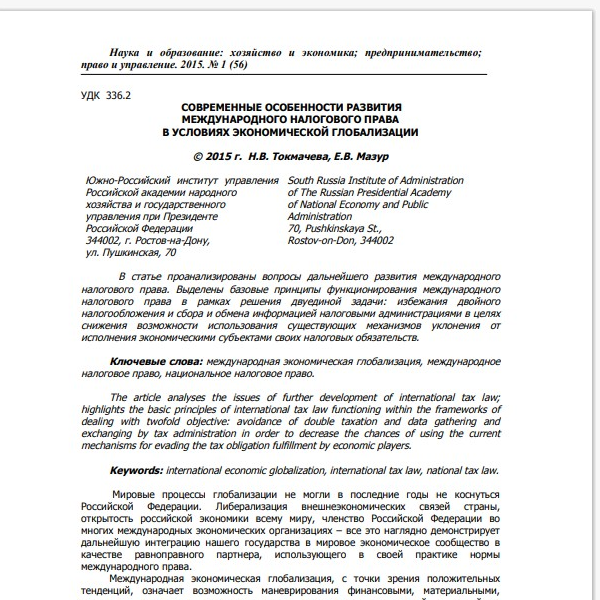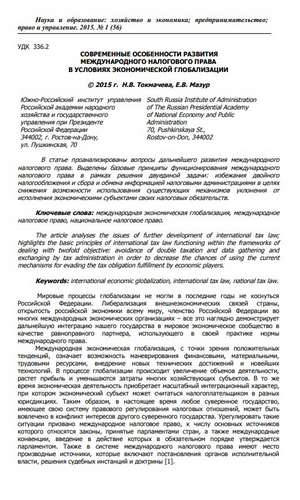Описание
Введение
Цель исследования данной статьи заключается в комплексной оценке состояния здоровья студентов-юристов в возрасте от 17 до 23 лет. Внешние факторы, такие как нездоровый образ жизни, плохие санитарно-гигиенические условия и высокий уровень психо-социального стресса, являются основной причиной низких показателей здоровья данной группы. Актуальность работы подчеркивается тем, что здоровье студентов — это не только важный аспект их личной жизни, но и фактор, влияющий на будущую профессиональную деятельность, так как юристы должны функционировать в условиях повышенных информационных и эмоциональных нагрузок.
Методология
В исследовании приняли участие 30 студенток Крымского юридического института. Методы включали антропометрические измерения, функциональные и специальные тесты, а также психологические опросники. Студенты проходили регулярные аэробные тренировки в течение учебного года, что позволяло исследовать их состояние до и после практики.
Основные результаты
Результаты показали, что в начале учебного года показатели здоровья студенток находились в пределах возрастной нормы, однако у них наблюдались низкие уровни аэробной активности. К концу года отмечалось снижение индекса Руфье и улучшение показателей сердечно-сосудистой системы, что указывает на эффективность аэробной нагрузки. Показатели силы и гибкости выросли от 25% до 40%, что также поддерживает гипотезу о положительном влиянии тренировки на здоровье.
Обсуждение и интерпретация
Авторы интерпретируют результаты как положительную реакцию организма на аэробные нагрузки, что усиливает адаптивные способности сердечно-сосудистой системы. Сравнение с предыдущими исследованиями показывает, что здоровый образ жизни и регулярные физические тренировки могут существенно улучшать физическое состояние и мотивацию студенток. Это подтверждает необходимость внедрения систематической физической активности в учебный процесс.
Заключение
Основные выводы статьи подтверждают, что регулярные физические нагрузки положительно влияют на здоровье студенток-юристов. Практическая значимость заключается в необходимости повышения мотивации студентов к занятиям спортом и улучшения информированности о важности здорового образа жизни. Ограничения исследования включают малый размер выборки и отсутствие долгосрочного наблюдения. Рекомендуется дальнейшее изучение различных форм физической активности и их влияния на студентов разных специальностей.
Ключевые слова и термины: психофизиология, здоровье студентов, комплексная оценка, юристы, аэробные нагрузки.
- Библиография:
- Агаджанян Н.А. Проблемы адаптации и учение о здоровье. – М.: Изд-во РУДН, 2006.
- Аринчин Н.И. Микронасосная деятельность скелетных мышц при их растяжении. – Минск: Наука и техника, 1986.
- Бовин Б.Г. Основные виды деятельности и психологическая пригодность к службе в системе органов внутренних дел. – М.: НИ ЦПМО, 1997.


Отзывы
Отзывов пока нет.